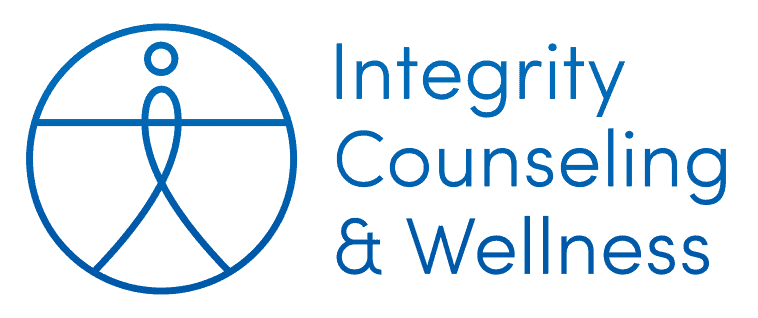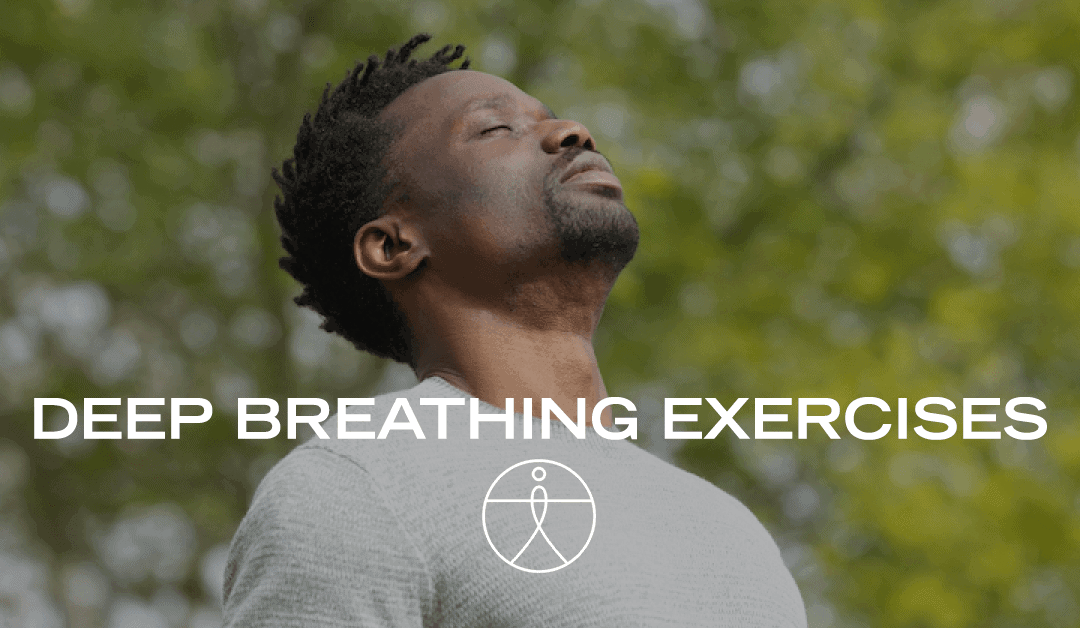From time to time, Integrity Counseling finds material from other sources which we feel compelled to share. We do not take credit for the creation of this valuable content, yet hope to use our blog to further ideas and approaches we fully endorse. This is one such article.
—The staff at Integrity Counseling
Anxiety and stress can quickly affect how you feel physically. Known as your stress response, and fight-or-flight response, the physical parameters of stress can be quite impactful. Some of the physiological changes you might experience include:
- Increased heart rate
- An adrenaline rush
- Tension and/or feelings of tightness throughout your body
- An increase in cortisone and other hormones, which can impact your body both short-term and long-term
When faced with stressful situations, the stress response also causes you to take shorter and more shallow breaths. Fortunately, there’s a stress management tool that’s easy, effective, and completely free: breathing exercises.
Breathing deeply halts the stress response and can even lessen the impacts of chronic stress.
Here are some simple breathing exercises you can do anywhere, anytime. Once you start performing these exercises regularly, you’ll notice a drastic change in how well you manage life’s most stressful moments.
Belly breathing
If you’ve never tried breathing exercises before, start with belly breathing. This technique is easy to do, too:
- Make yourself comfortable — sitting or lying down both work. If standing is your only option, you can still use this technique.
- Place one hand on your stomach, under your ribcage. Place your other hand on your chest.
- Take a long, deep breath through your nose. Feel your stomach pushing your hand out (your chest shouldn’t move).
- On the exhale, breathe out through slightly closed lips, almost like whistling. You’ll feel the hand on your stomach move inward, so imagine you can push all the air out of your body.
- Repeat the exercise at least three times, going slowly and lengthening each inhale and exhale.
Lion’s breath
This breathing exercise is best done in private, unless you’re comfortable connecting with your inner lion or lioness in public:
- Inhale deeply through your nose, filling your stomach with air.
- This is the part where you let your “roar” out.
- When you can’t inhale any more, open your mouth wide and exhale, making an “Ahh” sound as you breathe out.
- Repeat at least three times.
Note that you don’t really need to “roar” loudly for this breathing exercise. But, if doing so will help relieve stress, don’t be afraid to get loud.
Deep breathing with progressive muscle relaxation
This breathing exercise helps release tension in your muscles. It’s a great tool to help you relax both physically and mentally:
- Make yourself comfortable, preferably while laying down or sitting in a chair.
- Take a few belly breaths to calm your stress response.As you breathe in, tense your feet muscles. Release the tension in the exhale.
- On the next breath, tense your calf muscles. Release the tension when you exhale.
- Repeat the process as you work your way up your body. Focus on every muscle, including your legs, stomach, chest, fingers, hands, arms, shoulders, neck, and even your facial muscles.
Each exercise on this list is easy to do, and getting fresh outside as Spring approaches is highly recommended. After all, combining time outside with stress-reducing breathing exercises is a wonderful way to take care of your mind and body.

